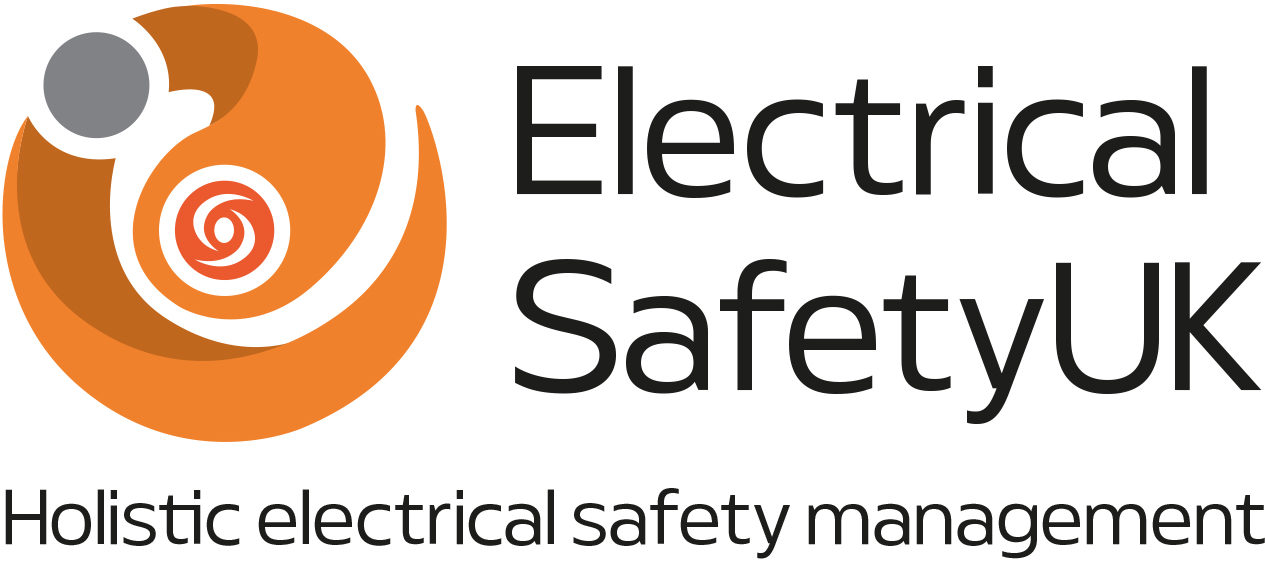Introduction
Our business (ESUK) has helped many companies review and improve their Electrical Safety Management System (ESMS).
One question we are often asked is, what should an ESMS contain? has prompted me to write a series of articles looking at the different aspects of this vital policy document ESMS. Here is the first article in that series.
Your Electrical Safety Policy is the foundation stone for your ESMS, and this article sets out the essential elements that should be considered during its development.
My starting point will be: “What is an Electrical Safety Management Policy?”
Effective Electrical Safety management is fundamental to your business’s success and integral to business decision-making. This Policy sets out your expectations of management and employees. The electrical safety policy describes the principles, organisation and arrangements for electrical health and safety within your organisation.
The Policy document may contain an organisational chart showing the critical roles within the business that have responsibilities for Electrical Safety. One key role is that of the Main Electrical Duty Holder, i.e., who has overall responsibility for Electrical Safety. You will already have a Main Electrical Duty Holder, but they may not realise that they are in the role or understand their liabilities and responsibilities under current legislation. It may come as a surprise to them that they could be prosecuted if something goes seriously wrong. Even though the Main Electrical Duty Holder may not have any Electrical Engineering Knowledge, this does not mean they cannot be held accountable.
The Policy can highlight any arrangements for delegating specific responsibilities by the Main Electrical Duty Holder to an Electrically Competent Person; This is entirely reasonable, but before delegating, the Duty Holder should satisfy themselves that the person taking on the delegated responsibilities has the qualifications, knowledge, and experience necessary to fulfil the needs of the role. The Policy may require written clarification so that it is clear what items are included, when and to whom.
Planning
The Policy should:
- Describe the requirements for identifying and assessing electrical risks.
- Explain the arrangements for electrical risk control.
- Reference legislation and good practice.
- Be clear about what entities it applies to business units, mergers, divestments; third parties; temporary arrangements etc.
- Describe how performance will be measured and who will be responsible for monitoring performance.
Implementation and Operation
The Policy needs to describe resourcing expectations and the requirements for defining and communicating roles, responsibilities, and authorities in electrical safety. Included in this should be someone on the Senior Leadership Team responsible for compliance and reporting to the Board of Directors.
The Policy with regards to competency, training and awareness should be stated.
It would help if you also considered communication, participation, and external consultation on electrical safety and considered procedures to communicate information on electrical safety risks and the electrical safety management system.
The Policy may describe the main elements of your electrical safety management system and talk about your electrical safety objectives and programmes.
It would help if you considered the control of documents and records, including:
- establishment, implementation, and maintenance
- approval for use
- review and update
- procedures relating to ESMS records
Consider operational controls which could impact electrical safety:
- Describe how you will maintain effective control by establishing, implementing, and maintaining written procedures.
- Consider controls over facilities, materials, equipment, goods and services within the business for stakeholders and interested parties.
- Describe how you will manage change and emergency preparedness and response.
Checking
The Policy should include performance monitoring and measurement of:
- electrical safety objectives and targets
- electrical safety programmes – periodically evaluate compliance with relevant legal requirements and good practice
- controls and operational criteria
- incidents – incident investigation, root cause analysis, and determination of deficiencies so that corrective action can be taken
The Policy should consider nonconformity with the ESMS, determination of causes, corrective actions, and preventive actions.
The electrical safety management system should be audited to determine its effectiveness in delivering business objectives.
Management Review
The Policy should describe the requirements of the senior leadership team within the business to carry out periodic reviews of the electrical safety management system’s suitability, adequacy, and effectiveness, including the policy, objectives, and targets. Based on what they find, they should act to improve electrical safety performance continually.
Many things could be in your Electrical Safety Policy, but when we are helping clients put one together, we like to try and keep it down to a few pages. If you are considering putting an Electrical Safety Policy in place or reviewing an existing Policy and you would like some help, please do not hesitate to call Electrical Safety UK. We would be delighted to hear from you.




